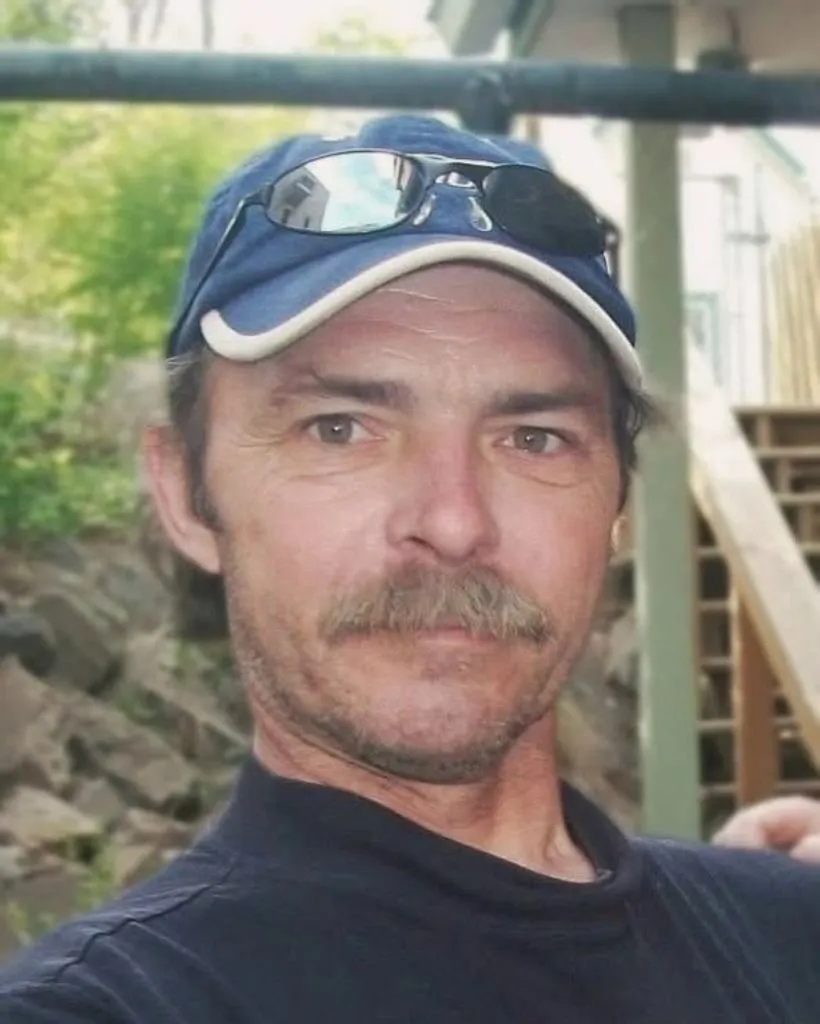
Howie's column is powered by Lyric Kitchen · Bar
In Hennepin County, two deadly epidemics are converging in one place: the silent poisoning of our people from fentanyl and stimulants, and the thunderous echo of gunfire — in homes, in streets, in emergency rooms.
This isn’t someone else’s crisis. It’s the blueprint of what every county in Minnesota will look like unless we act now.
Despite its resources, its hospitals, and its talent, Hennepin County is losing hundreds of people each year to opioids, and nearly three-quarters of the state’s gun deaths now involve suicides.
Fentanyl has changed the equation — stronger, faster, and woven into everything from counterfeit pills to street drugs. It is killing our neighbors, young and old, at a pace no county system can match.
Gun violence, too, has evolved beyond headlines. Most firearm deaths in Minnesota are quiet and solitary. They happen behind closed doors, in living rooms, garages, and barns.
Walk the emergency room corridors after midnight and you’ll see the pattern repeating. A paramedic revives another overdose victim. A trauma team fights for a gunshot survivor. The social worker scrolls a waitlist that won’t produce a detox bed before dawn.
Medicine moves quickly; policy crawls. The gap between them is where people die.
The public rarely sees how splintered the response still is. Addiction treatment. Mental health. Law enforcement. Housing. Recovery. Violence prevention. All working hard, often at cross-purposes.
The opioid task force may never see the data the police collect. Hospital discharge planners may never meet the outreach workers in the neighborhoods where their patients return. That’s not a failure of caring; it’s a failure of coordination.
And we should be honest about what’s really driving this crisis. It isn’t welfare checks or residency rules. Minnesota’s residency requirement for public assistance is 30 days. Emergency help is short-term and heavily verified.
You can’t simply walk into a county office, fill out a form, and leave with a week’s rent in your pocket. The idea that “handouts” are the reason Hennepin is bleeding ignores what’s right in front of us: a toxic drug supply, unlocked firearms, untreated trauma, and a system too slow to respond.
The truth is simpler — and harder. Speed kills. Fentanyl acts in minutes; despair acts in seconds. Our response operates on monthly cycles and annual budgets.
But there are answers here, too.
Hennepin County has built a near-real-time overdose hotspot system that sends outreach teams with naloxone and peer coaches to the blocks where deaths are rising.
The County Attorney is distributing free gun locks at libraries and community centers. Violence-interruption groups like We Push for Peace meet people where law enforcement can’t. Each of these programs saves lives, but only when they’re funded long enough to matter.
If the rest of Minnesota wants to avoid Hennepin’s trajectory, it needs a single statewide playbook. One command center linking overdose, gun, and suicide data across agencies. A 24-hour guarantee that every revived overdose survivor sees a human being — a peer, a counselor, a nurse — within a day. Every firearm sold or transferred comes with a lock, no excuses.
Every program that receives taxpayer dollars must publish results monthly: time-to-follow-up after overdose, number of lives reached, and whether the curve is bending. If it isn’t, fix it or fund something else.
That’s not ideology. It’s accountability. It’s the kind of math that built Minnesota’s reputation as a state that faces its problems directly.
Because if Hennepin fails, it’s not just a county left behind. It’s every county watching, knowing this is a glimpse of its own future.
Fentanyl doesn’t care about ZIP codes. Neither does a gun in the wrong hands. The time to coordinate isn’t after the obituary runs — it’s now.
We can choose to make Hennepin the model or the cautionary tale. The difference is how fast we move and how honest we are about what’s killing us.
The gatekeepers might not want to admit it, but this is the truth: our systems are slower than the drugs, slower than the bullets, and slower than the grief that follows.
The only question left is whether we will act before the next siren sounds.
Howie writes from Duluth, where he’s been poking the city’s sacred cows since before half the current council learned to parallel park. He runs HowieHanson.com, a one-man newsroom blogger powered by caffeine, sarcasm, and an allergy to PR spin. Part columnist, part historian, part irritant, he still believes in telling the truth—even when it makes the room uncomfortable.


